
- Home >
Resources


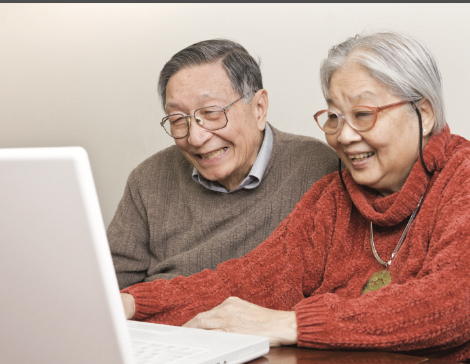
Technologies to Help Older Adults Maintain Independence: Advancing Technology Adoption
Americans are living longer. And despite the health challenges of longevity, a majority of older adults hope to remain in their homes as long as possible.1 Fortunately, many technologies have the potential to help older adults maintain their independence and health. Technology is an enabler in creating systems of health and long- term care that are more integrated and reliable, and that address the needs of older adults in a more efficient and effective way. If these technologies could also mitigate the workforce shortages and financial burdens that are inherent to long-term care today, both older adults and society at large will benefit.
Research Areas & Topics: Telehealth, Health, Technology, Aging, Digital Health, Health Equity, CTA

Clinical COPD Questionnaire
Blank Clinical COPD Questionnaire
Research Areas & Topics: Technology, Aging, CTA

American Telemedicine Association’s Home Telehealth Clinical Guidelines
The need for homecare is expanding dramatically. There is a surge in the number of older adults in the United States with the aging of the baby boomers. People are living longer than ever before in history. They are better educated and are more comfortable with the use of technology. Most people want to remain independent and live in their homes for as long as possible, yet greater numbers of persons are suffering from chronic conditions. At the same time, the health care industry is facing a critical shortage of public resources, as well as nurses and other health care personnel to care for our population. Health care providers are forced to do more with less, with decreasing reimbursements and increased focused on quality and clinical outcomes.
Research Areas & Topics: Telehealth, Technology, Aging, Workforce, Innovation, CTA
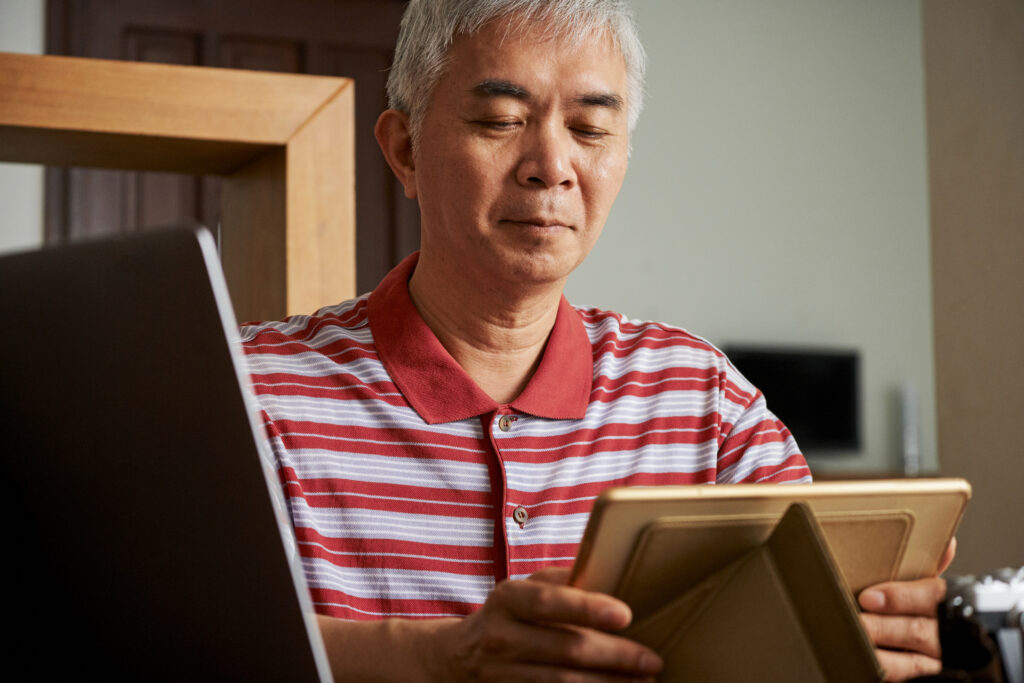
ATA Home Telehealth Toolkit
The ATA Home Telehealth and Remote Monitoring SIG Toolkit Task Force, a group of clinicians and academicians involved with delivering or overseeing the delivery of home telehealth services, has developed this toolkit to provide guidelines and procedures for the design and delivery of home telehealth services for the benefit of patients, their families, and clinicians.
Research Areas & Topics: Telehealth, Health, Technology, Aging, Digital Health, Innovation, Mobile Devices, CTA
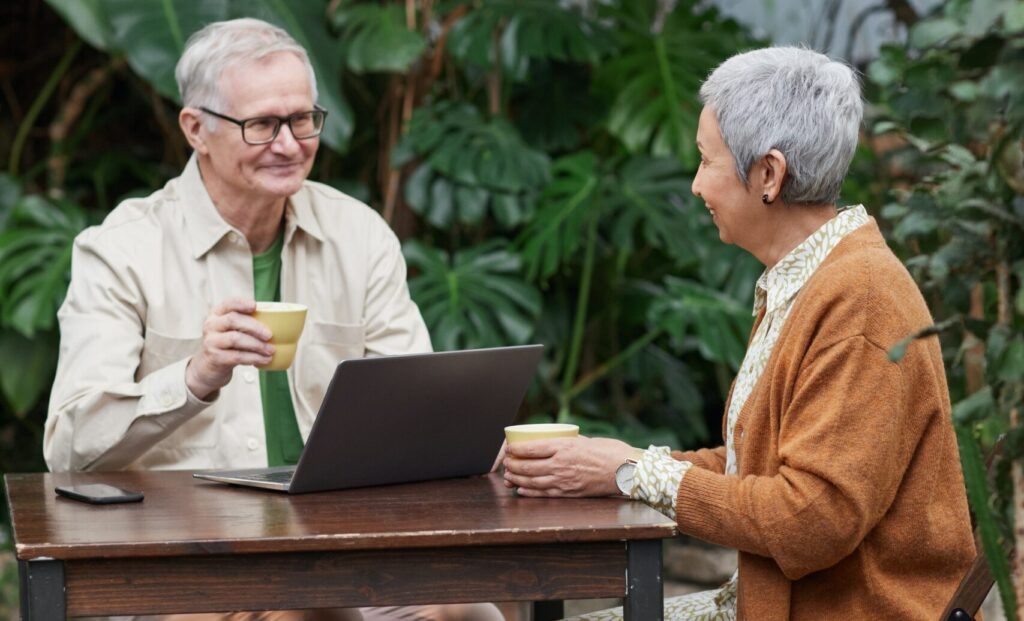
CT Pharm Toolkit
Each of these tools/resources could be adopted in whole or in part depending on program focus.
Research Areas & Topics: Technology, Aging, Innovation, CTA

IMPACT - CI Study Caregiver Interview
Blank CI Caregiver Survey
Research Areas & Topics: Technology, Aging, CTA
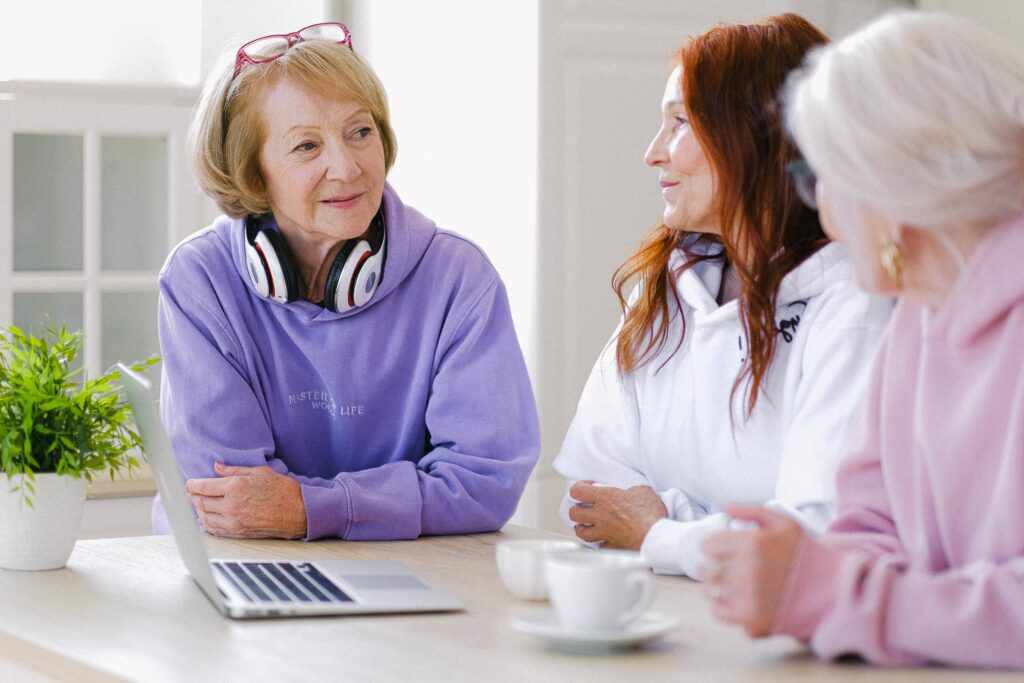
ZARIT BURDEN INTERVIEW
Form A, to be completed by a caregiver
Research Areas & Topics: Technology, Aging, CTA

Caring Choice Toolkit Plan
If you were to create a toolkit to help other organizations adopt and diffuse the medication optimization technology(s) being used in your project, what would you include in the toolkit?
Research Areas & Topics: Health, Technology, Aging, Health Equity, CTA

Chronic Disease Self-Efficacy Scales
These scales were developed and tested for the Chronic Disease Self-Management study. We use the shorter, 6-item scale now (shown in another document), as it is much less burdensome for subjects. There are 2 ways to format these items. We use the format above, because it takes up less room on the questionnaire. The other is shown on the web page.
Research Areas & Topics: Technology, Aging, Health Equity, CTA

Telehealth Patient Satisfaction Survey
This tool was submitted by Centura Health At Home as a part of their Enhancing the Home Telehealth Program with Call Center Activities project supported by the Center for Technology and Aging, Remote Patient Monitoring Diffusion Grants Program, 2010- 2011. Additional information is available at toolkit.techandaging.org
Research Areas & Topics: Telehealth, Technology, Aging, CTA

Medical Outcomes Study – SF-36 – 36-Item Short Form Survey Instrument
Developed at RAND as part of the Medical Outcomes Study
Research Areas & Topics: Technology, Aging, CTA

Telehealth Clinician Orientation and Training Tools
ADOPT Toolkit Accelerating Diffusion of Proven Technologies Centura Health at Home has submitted a set of tools to be used for nurse/clinicians during a telehealth orientation or training. These tools can be modified for other settings. Centura's project was to augment the current telehealth continuum by merging 24/7/365 call center activities with telehealth. The clinical call center was linked with telehealth monitors (inLife by American Telecare) and video conferencing system (American Telecare Lifeview) with the goal of decreasing hospital readmissions.
Research Areas & Topics: Telehealth, Technology, Aging, Workforce, Innovation, CTA

Evaluating the Effectiveness of Remote Patient Monitoring to Reduce Readmissions in a Medi-Cal Waiver Program
California Association of Health Services at Home’s goal with this project is to convince Californian’s Medi-Cal program to authorize and reimburse for RPM technology. The strategy is to conduct a carefully structured and evaluated pilot project in the Medi-Cal Waiver Program. This is a population of aged and chronically ill patients cared for at home in lieu of a skilled nursing facility or acute hospital. An additional advantage of conducting the pilot program in the Medi-Cal Waiver Program is that it does not require federal approval and can be implemented rapidly.
Research Areas & Topics: Telehealth, Technology, Aging, Health Equity, CTA
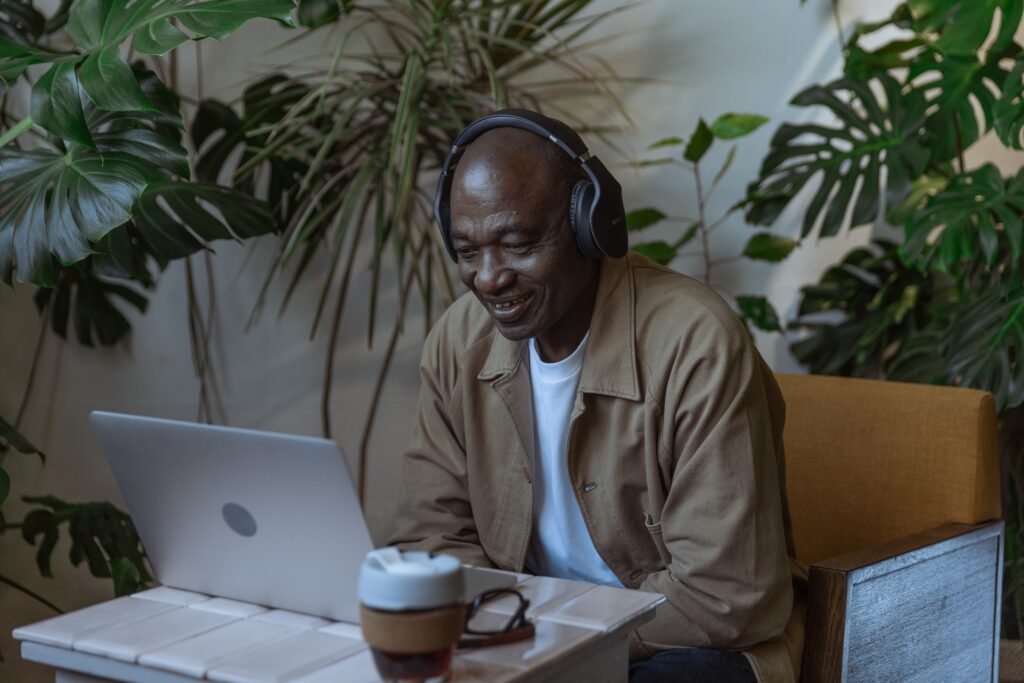
Selecting the right technology
Do assessment of technology including: - changes in equipment - services are being delivered in increasingly diverse ways
Research Areas & Topics: Technology, Aging, CTA
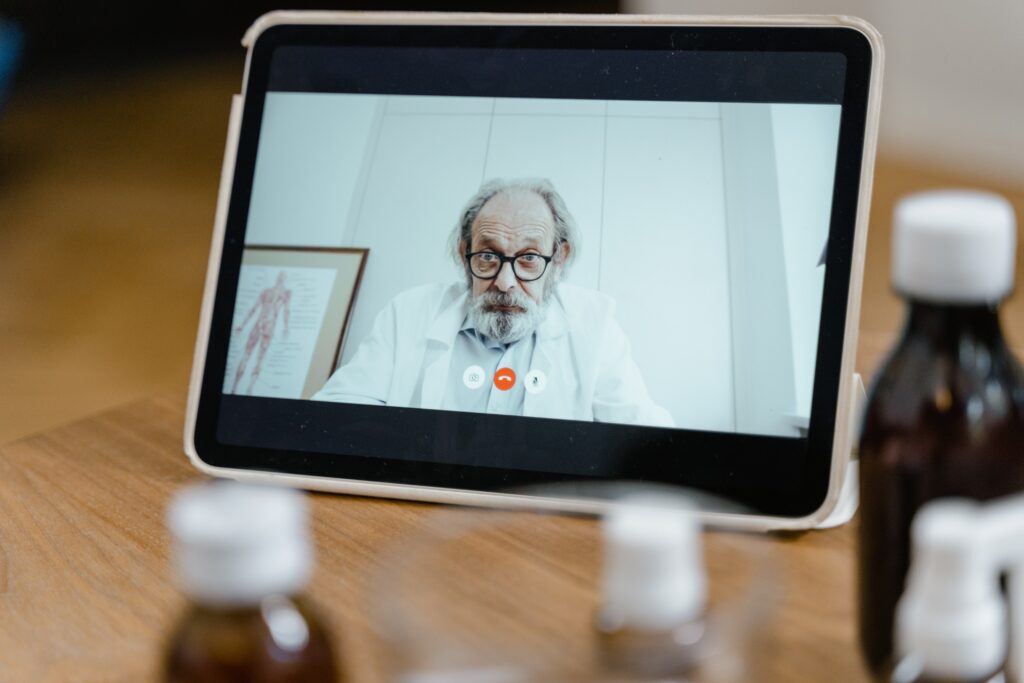
Telehealth Vendor Questionnaire
The following information, presented in separate analysis sections, is intended to provide a sample set of Telehealth Vendor Selection questions. Please note that as the specific definition and need for Telehealth will be determined by each user of this questionnaire, the sample questions will need to be edited and expanded. This need is most evident within section 4.0 FEATURE REQUIREMENTS where the questions are representative of several different types of Telehealth technologies/services, and, therefore, not intended to be used as a collective whole. Other sections, that are more commonly applicable, may require less modification.
Research Areas & Topics: Telehealth, Technology, Aging, CTA

American Society of Consultant Pharmacists Foundation (ASCPF)
This project utilized Monitor-Rx to optimize the medication regimens of older adults seen in six practice sites that provide pharmacist services: AFSC, OASIS, HbL Pharma Consulting, IFPMH, UCI-SHC and UCI-HAPS. Monitor-Rx is a web-based clinical tool that associates medication effects with geriatric problems (e.g., falls, incontinence, depression, and delirium), identifies anticholinergic medications and medications inappropriate for use in the geriatric population, and provides medication monitoring recommendations to foster early recognition of adverse drug effects that can be avoided, managed, or reversed.
Research Areas & Topics: Telehealth, Technology, Aging, Innovation, CTA

The Medication Optimization Technology Diffusion Grants Program
After a brief background about the Center for Technology and Aging (CTA) and its grantmaking initiatives, this report describes the CTA Medication Optimization Technology Diffusion Grants Program (“MedOp” program). The purpose of and results from the MedOp grant cycle are described, including an update of MedOp grantee activities one year after funding ended. The report concludes with a policy discussion followed by a brief description of each of the five MedOp grantee projects.
Research Areas & Topics: Technology, Aging, CTA

Technologies for Optimizing Medication Use in Older Adults
The paper provides an overview of the medication-use process, and discusses three areas of opportunity for medication optimization for older adults: 1) medication reconciliation, 2) medication adherence, and 3) medication monitoring. Medication-use problems can occur at different phases in the medication-use process. To help pinpoint where medication-use problems occur, what opportunities exist to solve these problems, and which technologies may be beneficial in the process, it is helpful to visualize the medication-use process as a series of five steps or phases: assess, prescribe, dispense, administer, and monitor.3-5 Medication reconciliation problems mainly present in the Assess and Prescribe phases of the medication-use process, whereas medication adherence problems commonly occur in both the Dispense and Administer phases.
Research Areas & Topics: Telehealth, Technology, Aging, Data Exchange, CTA
